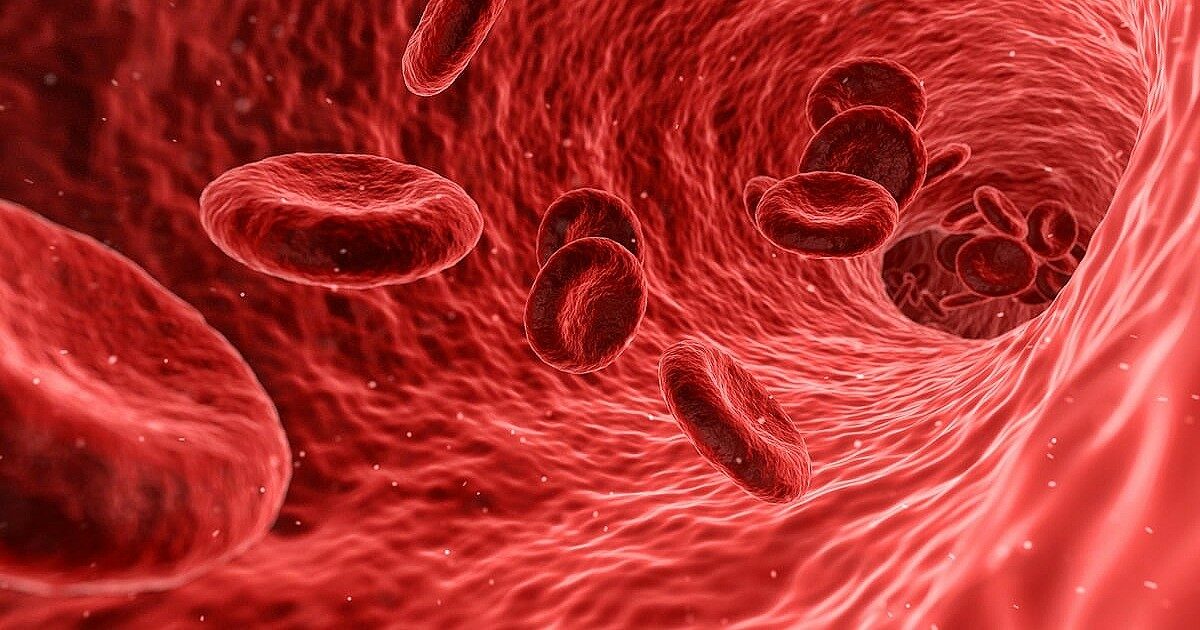The resistance of multiple myeloma to therapies it also depends on the “disappearance” of a specific gene in tumor cells which thus become “invisible” to the immune system. This was discovered by a study conducted by the IRCCS Candiolo, conducted in collaboration with the Dana Farber Cancer Institute in Boston. The results, published in the journal Bloodpave the way for new therapeutic combinations capable of counteracting the ability of this blood tumor, the same one that affected the famous composer Giovanni Allevi, to resist treatment.
“We know the drug bortezomiba proteasome inhibitor, combats multiple myeloma both directly, by affecting tumor cells, and indirectly, by activating the immune system and causing so-called immunogenic cell death,” he explains Annamaria Gullà, head of the Laboratory of Translational Hematology and Immunology in Candiolo and lead author of the study. “The long-term loss of effectiveness of the drug may result from the onset of new forms of resistance to therapy, in which the drug is no longer able to stimulate the immune system to recognize the tumor.
In fact, due to the loss of a gene known as GABARAP, multiple myeloma becomes ‘invisible’ to recognition by the immune system.” Multiple myeloma is the second blood cancer in Italy, which strikes approximately every year 2700 women and 3000 men, and is caused by excessive reproduction of plasma cells in the bone marrow. Most people with myeloma have disease recurrence after the first treatment. As the disease progresses, relapses and treatments occur, myeloma becomes increasingly difficult to treat.
“The current treatment paradigm for multiple myeloma includes combination therapy that may include immunomodulatory agents, proteasome inhibitors, corticosteroids, and anti-CD38 monoclonal antibodies,” says Gullà. “However, nonumerous patients relapse and/or become refractory to these therapeutic classes. This is why our efforts are focused on finding new, more effective weapons to prolong the long-term response and improve patients’ quality of life,” he adds.
The IRCSS Candiolo team started by studying the mechanism of action of the drug bortezomib, which acts both against tumor cells and by stimulating the immune system to attack. “Through a series of analyzes in preclinical models we have demonstrated that dying tumor cells, directly affected by this first-line drug, express on their surface a protein known as calreticulin – highlights Gullà – which makes the tumor visible to the immune system which can thus attack him. But the loss of the GABARAP gene impairs the exposure of calreticulin, thus reducing the immune system’s action against cancer.” It is no coincidence that a low level of expression of GABARAP is was independently associated with shorter patient survival with multiple myeloma and reduced immune infiltration of the tumor.
The Candiolo researchers also demonstrated that rapamycin, a drug initially used in organ transplant cases, can restore the “immunogenic effect” of bortezomib. “We believe that the combined use of bortezomib and rapamycin could improve the outcomes of patients with multiple myeloma, in case of loss of GABARAP,” underlines Gullà. “We have therefore identified a possible candidate, a drug already used in clinic, namely rapamycin, which could be added to the current treatments in use in patients with low levels of this gene. The gene is located on chromosome 17p, the deletion of which defines high-risk myeloma patients. This mechanism could therefore be added to those already known that contribute to the negative prognosis of these patients”.
Valentina Arcovio
